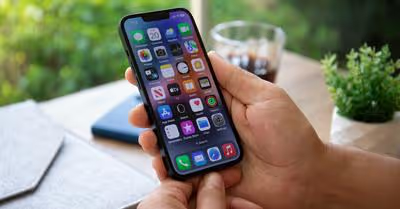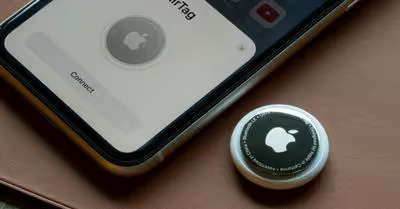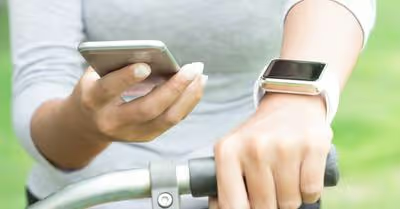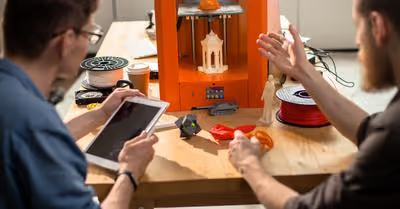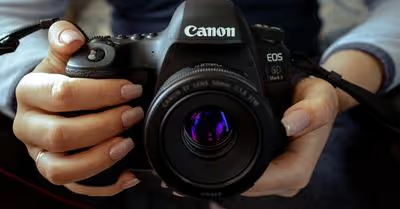Table of Contents
Two iPhones Same Apple ID - Is It Possible?
Two iPhones can share an Apple ID. Sharing the same ID will allow you to access iTunes playlists, call logs, contacts, messages, paid content, and locations on both devices. It’s pretty convenient if you’ve upgraded your phone but use your previous one as a companion phone.
Similarly, even if you’re using different sim carriers on both phones, you can still share call logs between the devices. The prospect does raise security concerns, and users in the Apple community prefer using different IDs to improve security. However, if you’re using an ID for personal devices, there’s no harm in trying it out.
Although you can use separate IDs, we can help you manage your sensitive data across multiple devices. This way, your family members can even use a device sharing your ID without access to your contacts and messages.
Two iPhones Same Apple ID: Separating the Devices
If you just bought a new phone, signing in to it with your current Apple ID will help create a similar environment as your previous phone. It’s one of the best and most convenient ways to get a backup of your previous device.
However, suppose you don’t want completely transparent sharing across both devices. In that case, you can either turn off app sharing from iTunes to prevent automatic downloads on shared devices or turn off contact sharing from the iCloud settings. The latter is possible because iCloud has a built-in capability to let a user sign in with a different account even when sharing an Apple ID. This lets you share an ID for making purchases while protecting your personal data on your private iCloud account.
Steps for Sharing an Apple ID and Device Separation
Here’s a simplified step-to-step guide for sharing an Apple ID across two separate phones. Remember to back both devices up before doing anything to ensure no data is lost during separation. You can form a backup using your Mac device or iCloud account.
After you’ve finished backing up both devices, follow these steps to log in using your Apple ID:
- Open the Settings app on your iPhones
- Select the “Sign in to Your iPhone” option available at the top of the page
- Type in your Apple ID and password to sign in
Now that you’ve signed in on both devices, you need to tinker with the sharing options to prevent the phones from automatically syncing with each other. Follow these steps to turn off the option:
- Open the Settings app again
- Tap on your Apple ID, which is present at the top of the page
- Scroll to the iTunes and Apple Store option
- Uncheck the box to turn off automatic downloading across the devices
Steps for Device Separation on Shared iCloud
Follow these steps to separate your devices using your iCloud account:
- Open the Settings app
- Please scroll down to your iCloud account and open it
- Scroll down to your “Connected Devices”
- Tap the “info” option for the device you want to remove
- Select the remove option
- Enter your iCloud account password to remove the device
If you’ve followed these steps in order, your devices will now have separated. You can treat them as entirely separate devices now. You can also set up a new iCloud account to prevent data access. While your shared Apple ID will be used for purchases, the separate iCloud account will manage all other things, such as your photos, calendar, backups, emails, and contacts.
Alternative Method: Steps for Unlinking Devices using iTunes
If you’re using the same iCloud account, you could also use the iTunes app on your computer to separate the devices and prevent mirroring. Follow these steps on your Mac or Windows pc:
- Open the iTunes app on your computer
- Navigate to the accounts option
- Select the “View My Account…” option from the dropdown menu
- From the displayed options, click on the “Manage Devices” option
- Choose the device you want to be removed and confirm the removal prompt
You can use the same process on Mac and Windows computers to unlink your iPhones to prevent mirroring.
Should You Share an Apple ID?
Many people don’t prefer sharing an ID across multiple devices due to the difficulty of managing them. For instance, if you and a family member use the same Apple ID and someone resets the password, you will get locked out of your account on your iPhone.
Similarly, you can only make calls on FaceTime or use the Messages app on one device at any given time. Therefore, if someone is sharing your ID and using the same apps on a different phone, it won’t be possible to contact them on their iPhone. In such a case, it’s better to use separate IDs.
Moreover, an Apple ID contains your sensitive information. Sharing an ID makes the user vulnerable to cybercrimes. Here are a few reasons why people prefer using separate IDs:
- Anyone sharing the ID can access your texts.
- Anyone can access your music playlist and configure it to their liking.
- If someone is sharing your ID, both users could get Facetime calls from people the other person knows, which is highly inconvenient and could cause embarrassing situations.
- Shared devices have access to each other’s call logs.
- Shared devices will have access to photos saved on one iPhone.
Alternative to Sharing an ID
People tend to share an Apple ID for ease of transferring data and sharing files with family members. If that’s the case, considering Apple’s Family Sharing plan is an excellent alternative to sharing an Apple ID. The feature allows up to 5 devices to share Apple’s services, such as books, music, apps and purchases, and iCloud storage.
Family members can also share a calendar to keep each other in the loop while using separate Apple IDs to prevent access to private messages, call logs, and emails. Additionally, each member in the plan is allotted their iCloud storage plan!
Recent Articles



